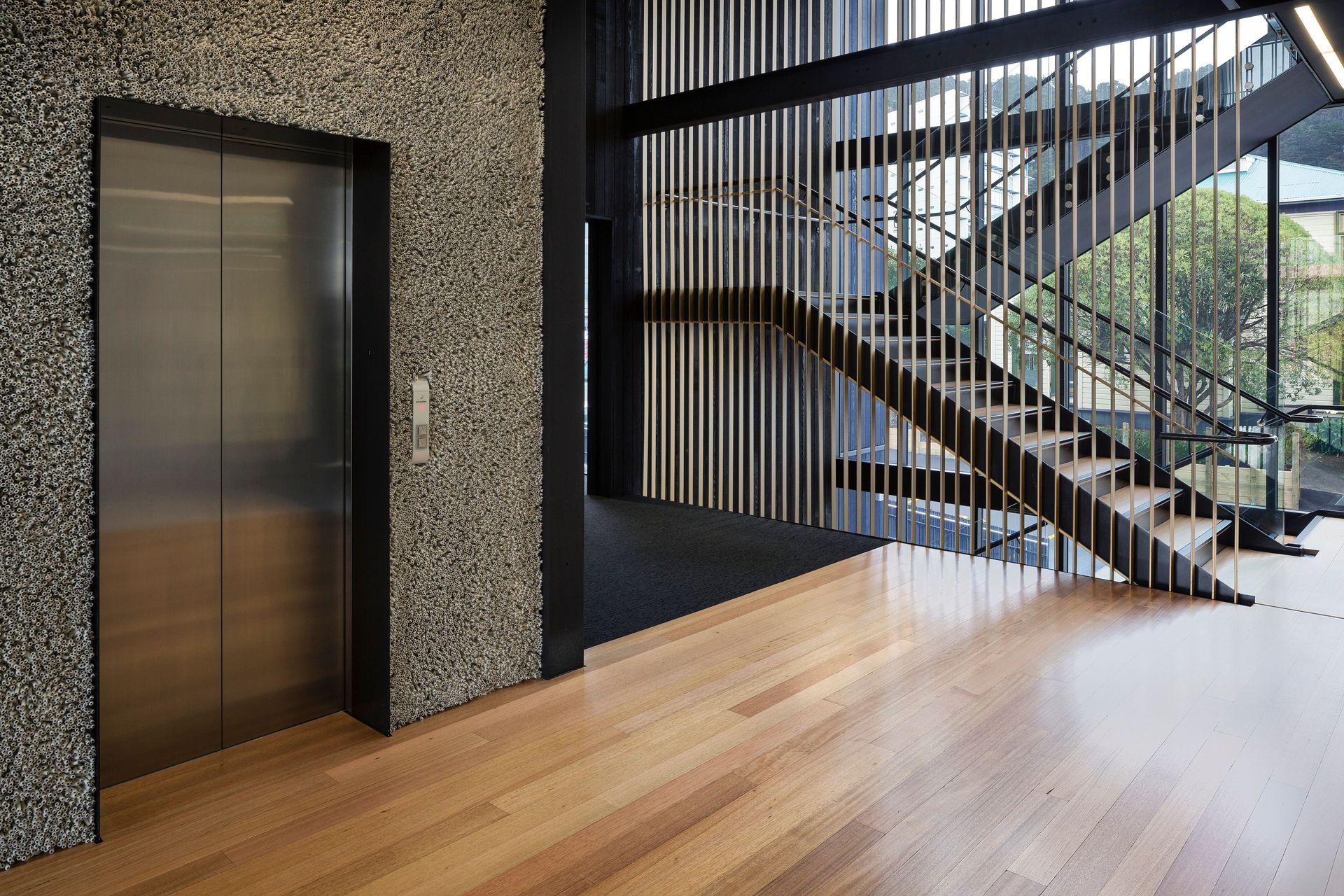The magic of wool in the built environment

There’s a certain natural fibre that has endured as an essential material since the Stone Age, used by humans throughout the millennia as a highly effective form of all-weather protection. It’s a renewable resource, it’s biodegradable, and scientists in the 21st century are yet to produce a fibre that matches its singular properties.
It was New Zealand's main export earner from the 1850s until the start of the 20th century, and produced almost 90% of total export income in 1860. And while Aotearoa’s export output relies much less on this fibre, it still retains much of its status as an iconic symbol of the country’s economy.
The material, of course, is wool — and while it’s more commonly known as an essential fibre in the clothing and textile industry, it’s also very important as a building material in the construction industry.
This is a point that the Campaign for Wool — a global initiative launched in 2010 by Prince Charles — is keen to drive home in New Zealand. The Campaign aims to raise awareness among consumers about the natural, renewable and biodegradable benefits offered by the fibre, and its many different applications.
Stephen McDougall, the founding director of Studio Pacific Architecture and a registered architect for over 30 years, has long been a fierce advocate for the use of wool in architecture — so much so that he’s now a New Zealand ambassador for Campaign for Wool. And he says that, when it comes to construction, it’s a ‘magic product’.
“As a material, it has so many natural properties that make it incredible as a one-stop-shop,” says Stephen. “It’s an acoustic insulator, it’s an effective fire retardant, it can absorb volatile organic compounds (VOCs) from its surroundings — to name just a few benefits.”

A natural product with several advantages
These benefits, he says, are in stark contrast to the synthetic or petroleum-based textiles often used in place of wool as construction materials — which are more toxic, less fire resistant, generally non-biodegradable and difficult to dispose of.
Wool insulation is not just good for acoustics; it also performs well thermally too. Owing to its exceptional breathability, it’s also effective at absorbing and releasing moisture without reducing thermal performance.
Depending on the relative humidity of its environment, wool can carry a moisture weight content of up to 35%. While absorbing this moisture, the wool releases energy in the form of heat, raising the temperature of surrounding areas — and the process is reversed in warmer weather, creating a cooling effect when it releases the moisture.
And Stephen says that these effects aren’t just relevant for in-wall wool insulation. “These properties are present in any woollen product in the home — whether it’s a sofa or a lampshade,” he says. “They will help in acoustic absorption, VOC absorption, moisture regulation — all in addition to their regular function.”
Despite all these advantages, Stephen says advocates for wool, both inside and outside of the construction industry, have their work cut out for them to change the popular perception of the material in relation to its synthetic counterparts.
Synthetic carpet, for example, is a cheaper, more common and accessible product, and is often the default option. But compared to wool, it’s simply not sustainable, Stephen says: it’s not biodegradable, and the raw materials used in its manufacturing are less than friendly to the environment.

Wool: The resurgence is here
“Thankfully, we’re seeing a bit of a wool resurgence,” says Stephen. “This comes down to a variety of factors, but I think a main one is the increased responsibility of designers and architects to champion products that are good for the environment. And of course, the desire of end-users to live a more sustainable life.”
But aside from all the technical benefits that wool offers, Stephen says its most endearing and enduring aspect is the way wool products make a room feel.
“If you’ve got a fully woollen carpet, for example, it really changes the feel of the room,” he says. “When people walk into our office, often they’ll remark how cosy and welcoming it feels.
“There’s a softness and comfort in wool. And for many people, that feeling alone is enough to convert them.”
Learn more about the Campaign for Wool.
